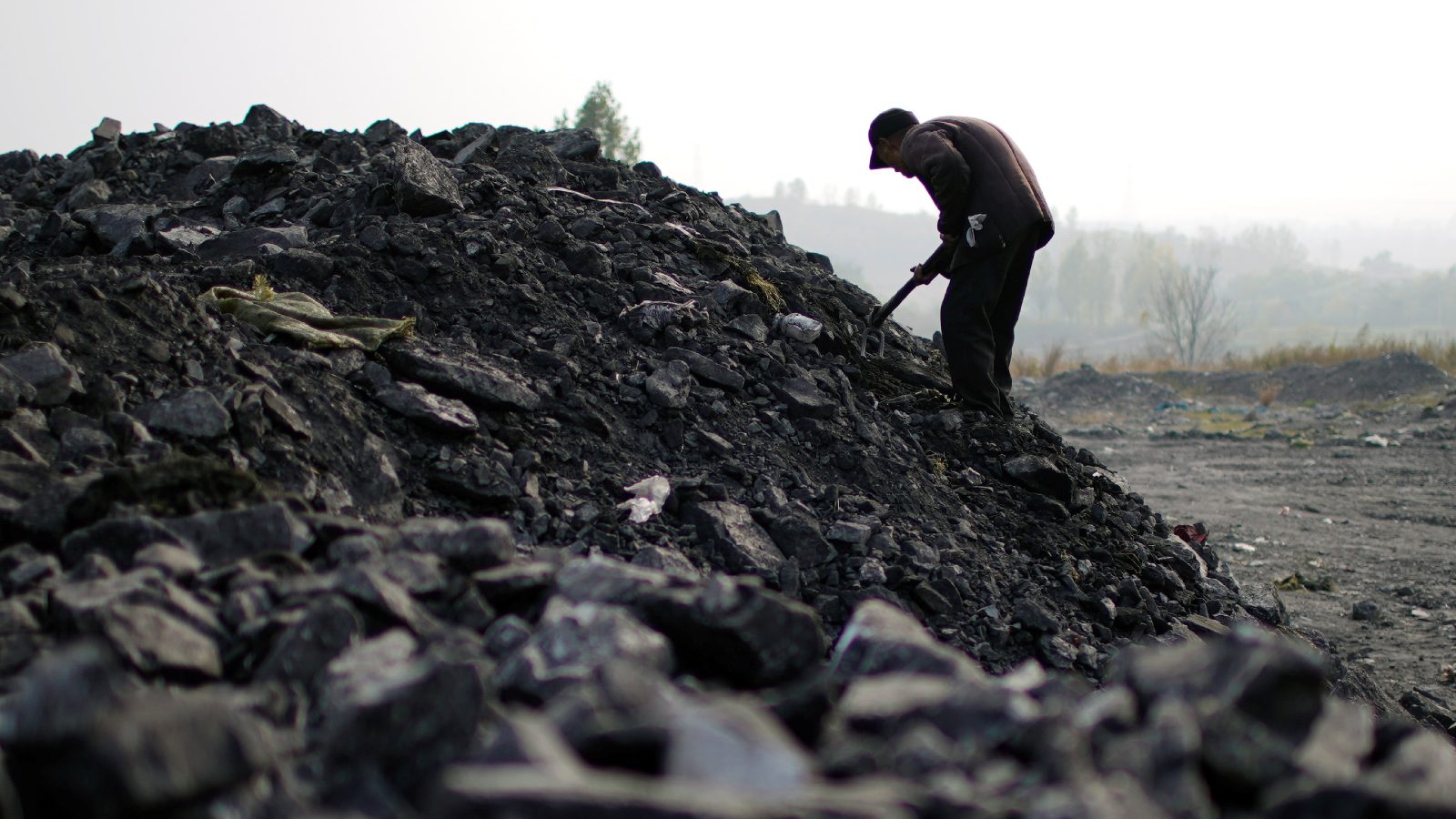New Delhi: The International Energy Agency (IEA) said in its World Energy Outlook, which was released on Thursday, that India will likely experience the largest increase in global energy demand this decade, with demand growing by 3% annually as a result of urbanisation and industrialization.
While efforts to increase the use of renewable energy will result in it providing up to 60% of the additional demand for power, coal and oil will still provide a third and a quarter of the world’s energy, respectively, by 2030.
“India becomes the world’s most populous country by 2025 and, combined with the twin forces of urbanisation and industrialisation, this underpins rapid growth in energy demand, which rises by more than 3 per cent per year in the Stated Policies Scenario (STEPS) from 2021 to 2030,” IEA said. “It sees the largest increase in energy demand of any country.”
Even if India continues to make enormous achievements with the deployment of renewable energy sources and efficiency regulations, the sheer scope of its expansion means that over the next 20 years, the cumulative import bill for fossil fuels will treble, with oil making up the vast majority of that total.
“This points to continued risks to energy security,” IEA said.
The first global energy crisis, according to the IEA, has been brought on by Russia’s invasion of Ukraine.
“Pressures in markets predated Russia’s invasion of Ukraine, but Russia’s actions have turned a rapid economic recovery from the pandemic — which strained all manner of global supply chains, including energy — into full-blown energy turmoil,” it said.
Russia has long been the world’s greatest exporter of fossil fuels, but its restrictions on the delivery of natural gas to Europe and European restrictions on the importation of Russian oil and coal are cutting off one of the major routes for international energy trade. All fuel markets are impacted, but gas markets are the focal point since Russia wants to gain leverage by making consumers pay more for their energy and face supply problems.
With demand exceeding 770 million tonnes of coal equivalent (Mtce) by 2030 and continuing after that before peaking in the early 2030s, coal accounts for a third of the growth in India.
Oil demand increases from 4.7 million barrels per day in 2021 to roughly 7 million barrels per day in 2030, covering an additional quarter of the expansion in energy demand.
In absolute terms, coal generation is expected to keep growing and reach a high around 2030, although during this time, its share of energy generation would decline from just under 75% to 55%.
By 2030, renewables will supply 35% of all electricity, meeting more than 60% of the increase in demand for energy. Solar PV alone will make up more than 15% of this mix.
“However, coal still meets a third of overall energy demand growth by 2030, and oil, mainly for transport, another quarter,” IEA said.
The Announced Pledges Scenario (APS) puts India on a trajectory toward its goal of net zero emissions by 2070 thanks to faster advancements in the deployment of low-emission alternatives, particularly in the electricity, industry, and transportation sectors.
According to IEA’s STEPS forecast, India’s oil consumption would increase from 4.7 million barrels per day (bpd) in 2021 to 6.7 million bpd by 2030 and 7.4 million bpd by 2040. According to APS, the demand will increase to 5.9 million bpd in 2030 before decreasing to 5.4 million bpd in 2040 and then to 3.9 million bpd in 2050.
However, due to a lack of resources in the region, oil imports treble between 2021 and 2050.













